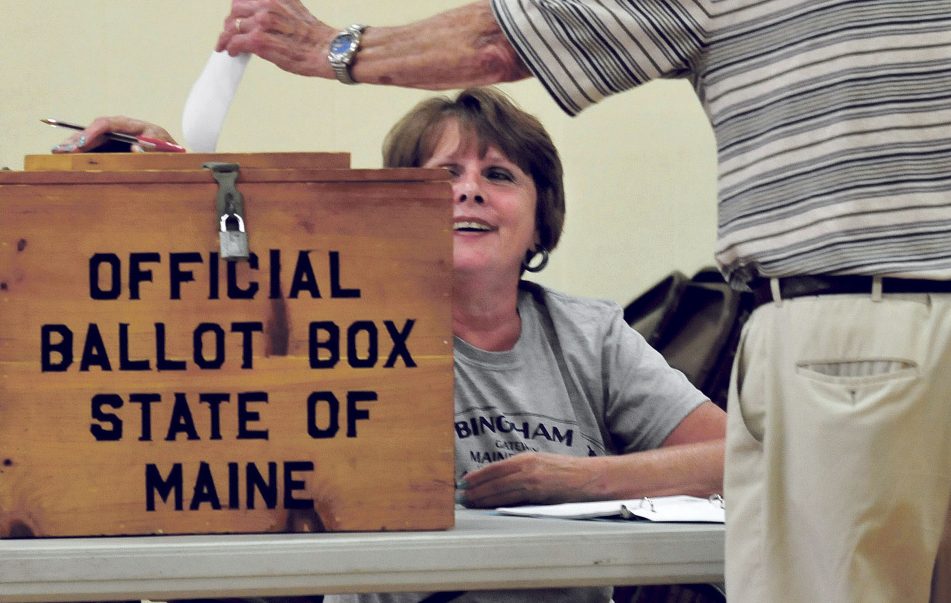With Election Day less than a week away, it’s about time that we reveal the secret to using ranked-choice voting.
Are you ready? Here’s the trick:
If you want your candidate to win your party’s primary on June 12, go into the voting booth and fill in the oval next to their name.
All the votes will be counted, and if your candidate gets the majority, he or she will be the winner – and congratulations! You will have successfully mastered the system.
If that sounds too easy, you have probably been listening to ranked-choice voting opponents, who continue to spin conspiracy theories about a hopelessly complicated system where some people get to vote multiple times while other people have their ballots thrown in the trash. They claim that computers will force people to vote for candidates they don’t like, and that last-place candidates can win the race through trickery that you’d need an advanced degree to understand.
It’s entertaining, if you like political intrigue (or math), but none of it is true.
Ranked-choice voting is a simple system for counting votes in races with more than two candidates. It gives people more opportunity to participate in electing their representatives.
Depending on who’s running, it can favor a candidate with broad appeal over one who speaks for a passionate minority. For all the supposed mystery, ranked-choice voting is nothing more than a series of runoffs. After marking their top choice, voters are asked if they have a preference among the remaining candidates – a vote that would be counted only if their favorite finishes last and doesn’t make it into the runoff.
If all the other candidates look just about the same, the voter fills in one bubble and goes home, having completed their civic duty. If the voter likes one of the remaining candidates more than the others, they mark their preference in the second-place column. That vote is not counted unless their first choice finishes in last place and is dropped from the next runoff. Those second-place votes are added to the surviving candidates’ first-place votes, and they are all counted again. The process continues until someone has more than half of the votes.
There is nothing complicated about ranked-choice voting except for the tortured path it took to get onto the law books.
Also next week, we are voting to uphold a people’s veto of a bill that the Legislature cooked up to kill the ranked-choice voting law passed at referendum in 2016. Now the same people who have created all this confusion are claiming that this law is too complicated for Maine voters to understand.
Don’t let them fool you. It’s not.
If you’re a voter of any stripe – enrolled in a party or not – and you want to be able to rank your choices in future primaries and elections for federal offices, vote “yes” on Question 1. It’s as simple as that.
Send questions/comments to the editors.



Comments are no longer available on this story